Food
Halloween Donut Party
Throughout the 1950s, the donut industry tried hard to make Donut Parties a Halloween tradition. Their PR men also claimed that donuts could help make Halloween "more nutritious."
San Bernardino County Sun - Oct 30, 1957

San Bernardino County Sun - Oct 30, 1957

Oct 23, 1955 - “Dos & Don’ts for Halloween Donut Party”

The Salem News - Oct 17, 1955
Posted By: Alex - Thu Oct 31, 2019 -
Comments (4)
Category: Food, Junk Food, Nutrition, Halloween
Guinea Pig Ice Cream
Apparently this is a real thing. It's sold in Quito, Ecuador, where it's the creation of ice-cream entrepreneur María del Carmen Pilapaña.
The idea for it came from the fact that guinea pigs are a traditional food in the region, so Pilapaña figured, why not make guinea pig ice cream ("Helado de Cuy").
The English-language articles don't detail how exactly how the ice cream is made. But I found the following recipe on Que News (via Google Translate):
The smoothie guinea pig mixes it with a fruit, that was also part of the experimentation, since not with all it turns out well, but she discovered that with the naranjilla or the passion fruit, also cooked, the flavor is at its point. The rest of the process is like preparing a “normal” ice cream, whipping the cream, increasing the puree of the guinea pig with that of the fruit and adding the condensed milk. After a day of staying in the freezer you are ready to serve.
The entrepreneur adds sprinkled peanuts as a dressing, to remind the 'fans' of the guinea pig, the typical dish that is served with peanut sauce.
Pilapaña offers some other odd flavors, including beetles and mushrooms.


Pureeing the guinea pig
Posted By: Alex - Sun Oct 06, 2019 -
Comments (0)
Category: Food
Mayonnaise-Flavored Ice Cream
Over in Japan, Morinaga Milk Industry has recently started selling a mayonnaise-flavored ice cream bar. It goes by the name “Calorie Monster Cherio Creamy Mayonnaise Flavor.” So, I assume it's not in any way a diet food.The bar is said to have a white-chocolate center surrounded by the mayonnaise-flavored ice cream, all encased in a shell of white chocolate and cookie crumbs.
I'd try it.
More info: SoraNews24

This actually isn't the first time mayo-flavored ice cream has been offered for sale. Last year, ICE, an artisan ice cream shop in Falkirk, Scotland, debuted Hellmann’s Real Mayonnaise ice cream. The store’s owner, Kyle Gentleman, described it as a “full on hit of fat and cream followed with an eggy milky aftertaste.”

Posted By: Alex - Tue Oct 01, 2019 -
Comments (3)
Category: Food, Mayonnaise
Mammary Seasonings
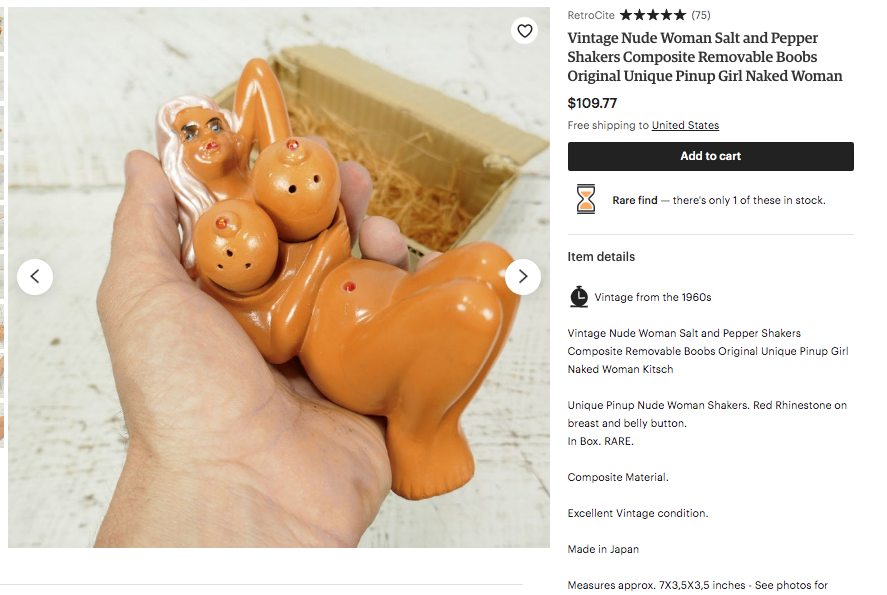
Still for sale, as of this posting.
Posted By: Paul - Tue Sep 24, 2019 -
Comments (3)
Category: Body, Excess, Overkill, Hyperbole and Too Much Is Not Enough, Food, 1960s
King Vitaman Cereal
Because the Middle Ages were known for healthy eating.The Wikipedia page.
Posted By: Paul - Thu Sep 05, 2019 -
Comments (3)
Category: Food, Royalty, Stereotypes and Cliches, 1960s
Cheese Whey Wine
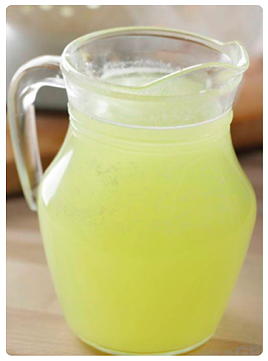
cheese whey
source: cheesemaking.com
One possibility was to dehydrate it into a protein powder that could be fed to livestock, or bodybuilders. But in the mid-1970s, researchers at Oregon State University hit upon a potentially more lucrative use: making wine out of whey. They detailed their study in a pamphlet titled “Utilization of Cheese Whey for Wine Production.”
The reason this was possible is because the lactose in whey will ferment, if one uses the right microorganisms. The end result was a whey wine that, according to the researchers, "was acceptable to a great majority of tasters, who preferred it slightly sweet.” Which doesn't sound exactly like a glowing recommendation. Nevertheless, the researchers were enthusiastic about the potential of whey wine:
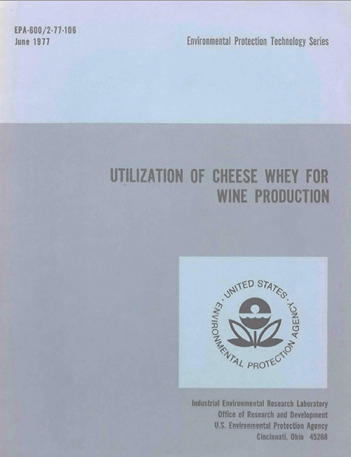
It doesn't seem that their dream of raking in the big bucks with whey wine ever panned out. The idea of whey-based alcohol products is still kicking around, however. Various gins and vodkas made from whey can be found, such as Bertha's Revenge Irish Milk Gin or Sheep Whey Gin. But I can't find any wines being made from whey.
There's more info about whey-based spirits at SevenFifty.com, and here's an article about an effort to make whey beer.
Posted By: Alex - Thu Sep 05, 2019 -
Comments (1)
Category: Food, Inebriation and Intoxicants, 1970s, Alcohol
Skippy and Hellmann’s
Odd partners in advertising: when Skippy and Hellmann's teamed up in 1963, claiming Together Tremendous!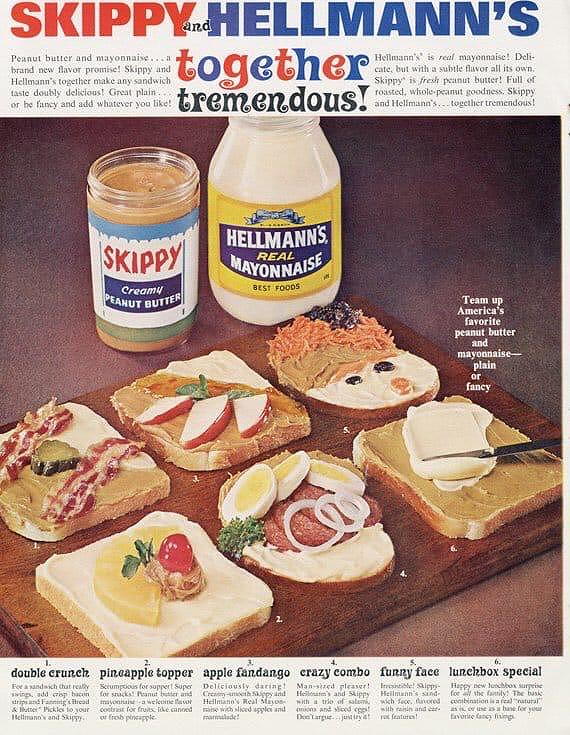
The recipes for those peanut butter/mayo sandwiches, enlarged:
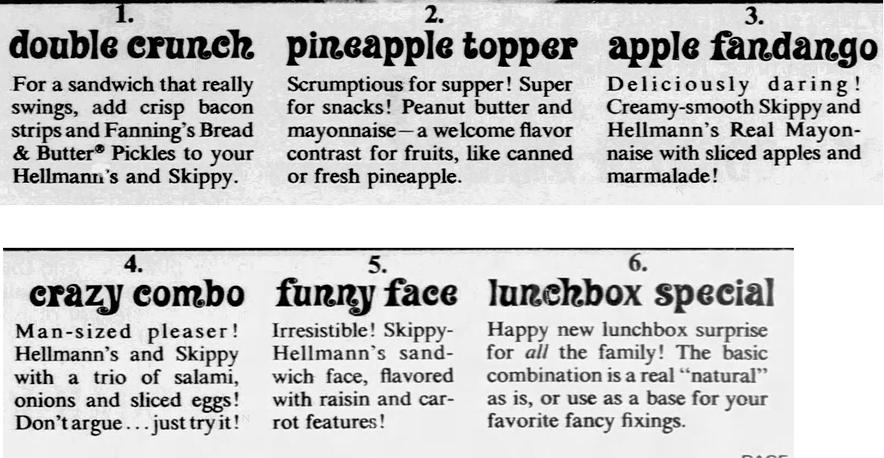
Update: Astute readers noted that if this was a nationwide ad campaign, then the version of the ad that ran west of the Rockies should have referred to Best Foods mayonnaise, rather than Hellmann's. I checked, and it turns out this was exactly the case. It was an identical ad, but with Best Foods substituted for Hellmann's.
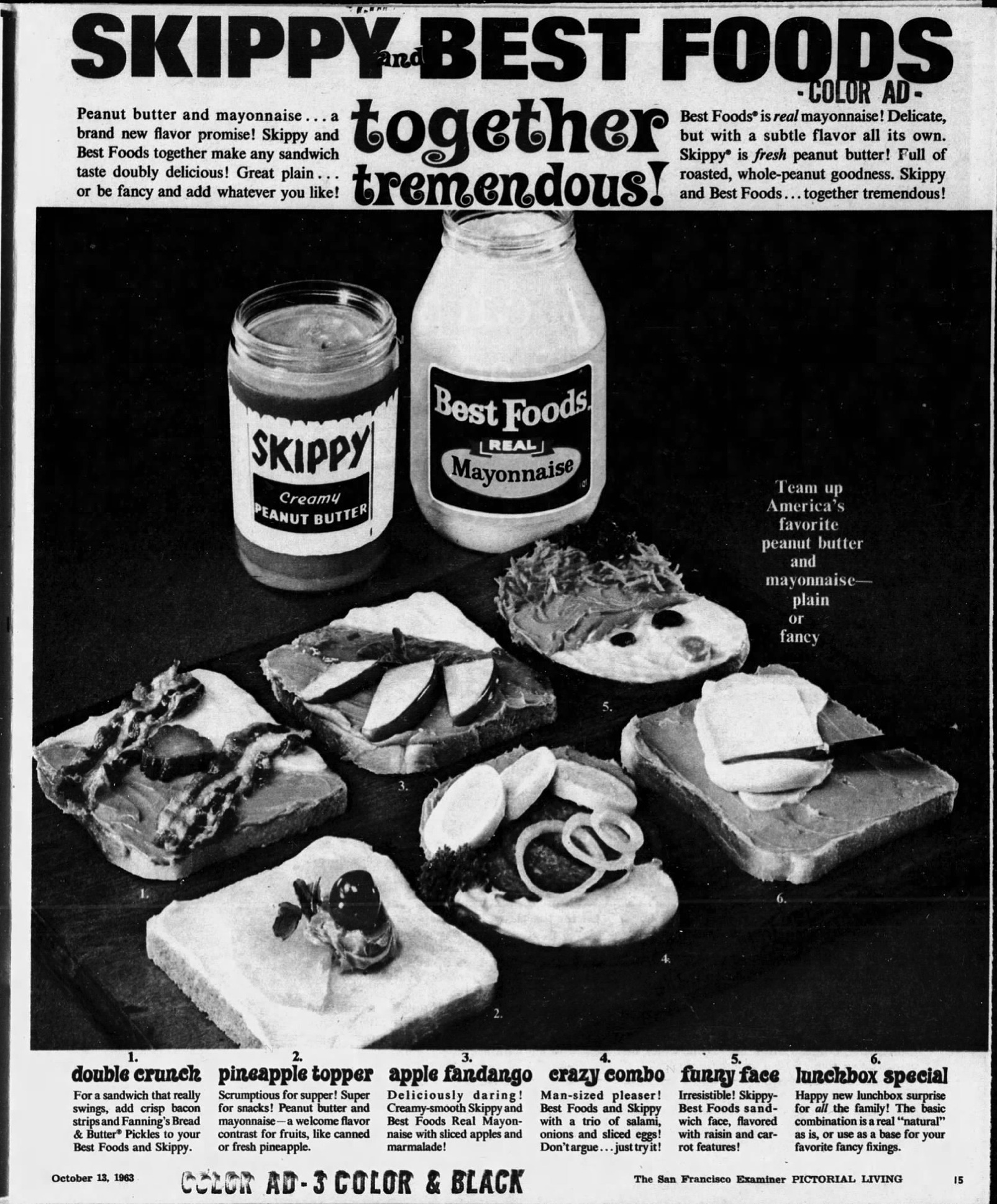
San Francisco Examiner - Oct 13, 1963
Posted By: Alex - Mon Sep 02, 2019 -
Comments (6)
Category: Food, 1960s
Crazy Cow Cereal
Wikipedia page.
Posted By: Paul - Thu Aug 22, 2019 -
Comments (1)
Category: Anthropomorphism, Excess, Overkill, Hyperbole and Too Much Is Not Enough, Food, Advertising, Corporate Mascots, Icons and Spokesbeings, 1970s
Barbecued Rat
A favorite treat in rural parts of Cambodia. From asianage.com:Sarin tells AFP that rat is like "chicken or beef", whereas others say it's more like pork. He is one of many customers and Cambodian tourists stopping at a stall outside of Battambang town, where rows of grilled field rats are displayed over burning coals and served with dipping sauces made from lime juice, black peppers or chillies.
It sounds like something that, if I didn't know what it was, I would probably think tasted good. But if I did know, then no.... just no.

image via wikipedia

image via Gastro Obscura
Posted By: Alex - Wed Aug 21, 2019 -
Comments (1)
Category: Food
Follies of the Madmen #439
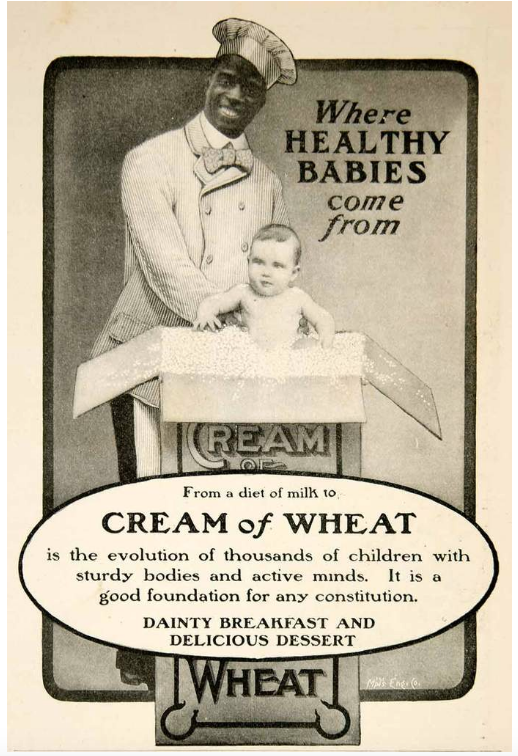
No cereal that has touched dirty baby butt is going in my dish!
Source.
Posted By: Paul - Tue Aug 13, 2019 -
Comments (4)
Category: Babies, Business, Advertising, Food, Hygiene, 1900s

| Who We Are |
|---|
| Alex Boese Alex is the creator and curator of the Museum of Hoaxes. He's also the author of various weird, non-fiction, science-themed books such as Elephants on Acid and Psychedelic Apes. Paul Di Filippo Paul has been paid to put weird ideas into fictional form for over thirty years, in his career as a noted science fiction writer. He has recently begun blogging on many curious topics with three fellow writers at The Inferior 4+1. Contact Us |




